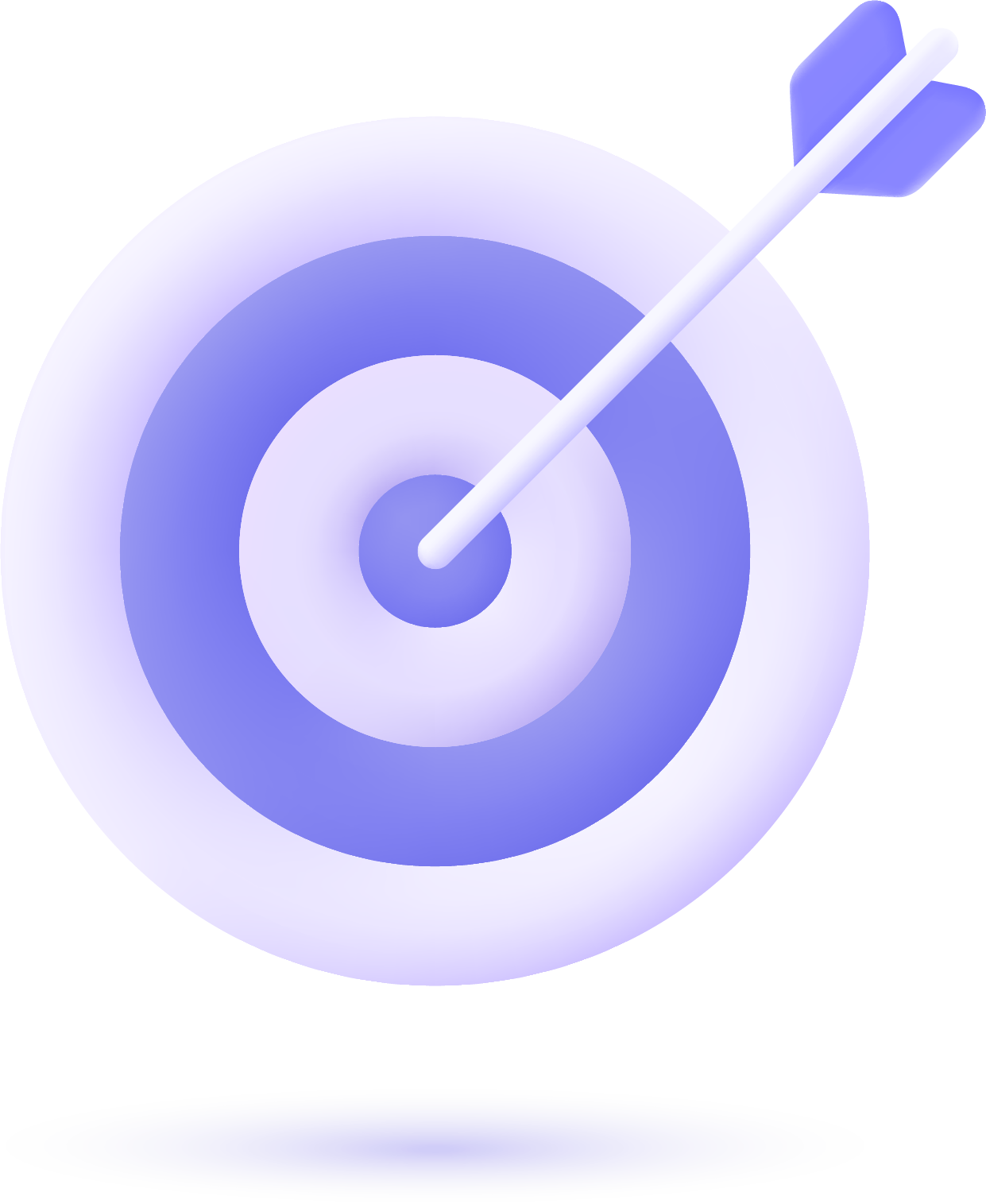Web applications in the digital landscape
Web applications like SPA vs Landing Page play a vital role in the modern digital world since they enable users to interact with an application in real-time. The systems help organizations to personalize the content, improve efficiency as well, and interactively engage the users. In this era of digital dependency, web apps are a significant resource that organizations use to remain relevant.
The web application also provides an opportunity to link to other systems and platforms to ensure total online exposure without sacrificing a good user experience.
Comparing SPA vs Landing Page
Functionality
The functionality of an SPA differs fundamentally from that of any standardized landing page. Specifically, SPAs are advanced web apps that can perform tough tasks and still have a more interactive user feeling.
They help people navigate different parts of the application without reloading all that is on the website or page that they are using. However, landing pages are designed for a particular purpose such as collecting leads or promoting products and services.
These types of advertisements are usually meant to be comprehensive in order to provide clear information that will lead to a specific action.
User Experience
SPAs allow users to browse through pages very well since they do not require page refreshing hence making them fast to load. The dynamic nature of SPAs is made possible by the use of frameworks that include React and Angular amongst others that don’t require a full reload of the page.
They are therefore suitable for complex web applications with instantaneous updates of data and interactive features. While other platforms have a high success rate by ensuring ease and clarity in understanding it is evident. They have high conversion rates when compared directly to landing pages, which are simpler and focus their message.
Development Complexity
SPAs and Landing pages are different in development complexity. Coding methods and frameworks are required for SPAs to manage complex content and user interactions.
These coding methods and architectures enable SPAs with speed to change only those elements that are required within the website. Moreover, they allow the smooth incorporation of intricate features like live data feeds and user-friendly screens. However, developing landing pages is much less involved as most of them aim at delivering a particular message, or selling a particular product, or service.
Also, landing pages that contain a direct call-to-action help in quickly grabbing visitors’ attention. Static SPACs usually require low degrees of interactivity compared to SPACs. Nonetheless, they could use some elementary JavaScript functions that do not consume a lot of bandwidth and make it easy for an end user.
Use Cases
When to use SPAs is mostly determined by the needs of your website or application. SPAs are great for complicated web applications like social networking platforms or project management systems that demand regular changes and real-time data. They offer a streamlined user experience by minimizing page reloads and enabling smooth navigation.
When to choose Landing Pages
When to choose Landing Pages largely depends on the specific goals of your marketing campaign. Landing pages are ideal for driving conversions and capturing leads.
They are designed to focus on a single offer or message, making them highly effective for targeted marketing campaigns. Additionally, landing pages can be easily optimized for search engines. And integrated with other marketing tools to track and analyze performance.
Considerations for SEO
When creating landing pages, it is important to consider SEO factors such as keyword optimization, meta tags, and relevant content. By incorporating these elements, you can improve your landing page’s visibility in search engine results and attract organic traffic.
Furthermore, regularly monitoring and analyzing your landing page’s SEO performance can help you make necessary adjustments to maximize its effectiveness in driving conversions.
SPAs: Potential SEO challenges and solutions
One possible SEO issue with single-page applications (SPAs) is that their content. URL structures are making it difficult for search engines to crawl and index them properly.
To address this issue, developers can use techniques like pre-rendering or server-side rendering to ensure that search engines can access the information on SPAs. Additionally, improving meta tags and inserting important keywords in viewable content might help SPAs appear higher in search engine results.
FAQs
-
What is the main difference between (Single Page Applications) SPA vs Landing Page?
Single Page Applications (SPAs) are dynamic web apps that load content asynchronously on a single page.
How do Page Applications differ from Landing Pages in terms of functionality and user experience?
SPAs offer seamless, responsive experiences with real-time updates, whereas Landing Pages are typically static, focusing on concise content delivery for a specific goal.
-
When should I choose a Single Page Application over a Landing Page, and vice versa?
Opt for SPAs for complex, interactive apps requiring constant updates; choose Landing Pages for focused, campaign-driven content or quick user engagement.
-
What role does interactivity play in distinguishing single-page applications from Landing Pages?
SPAs excel in high interactivity with smooth transitions and real-time data updates, contrasting with Landing Pages that usually feature static content and limited user engagement.
-
In terms of design and development, what considerations should I keep in mind when deciding between a Single Page Application and a Landing Page?
Consider SPAs for feature-rich applications with complex functionality, and Landing Pages for simplified, goal-oriented content with a focus on rapid loading and clear calls-to-action.
Conclusion
Web applications are essential tools for businesses to stay competitive and meet customer needs. They provide dynamic and interactive experiences, allowing businesses to offer personalized content and streamline processes.
Single-page applications (SPAs) offer a seamless user experience while landing pages focus on specific goals and are simpler to develop. Choosing between SPAs and landing pages depends on the specific needs of the website or application. SEO factors like keyword optimization and relevant content can help improve SPAs’ visibility in search engine results.






